Glen Mhor
Glen Mhor operated for less than a century, being founded in 1892 and closing in 1983. The distillery was located directly at the Caledonian Canal in Inverness, in the Scottish North Highlands.
| Information about the Distillery | |
|---|---|
| Scotland, Highlands | |
| -4.244974 57.481515 | |
| Demolished | |
| Distillers Company Limited |
| Average tasting notes Tasting notes |
Calculated from 14
i
|
|
|---|---|---|
|
Nosing
Sweet:
Sweet:
Vanilla:
Vanilla:
Herbs:
Sherry:
Heather:
Herbs:
Heather:
Floral:
Lemon:
Caramel:
Floral:
Malt:
Oak:
Sherry:
Zitrus:
Hay:
Lime:
Caramel:
Grapefruit:
Tasting
Herbs:
Mint:
Herbs:
Mint:
Peat Smoke:
Nuts:
Sweet:
Spices:
Zitrus:
Nuts:
Malt:
Spices:
Peat Smoke:
Sweet:
Heather:
Fruit:
Heather:
Sherry:
Oil:
Malt:
Chocolate:
Oil:
Pepper:
Grapefruit:
Pepper:
Medicinal Smoke:
Lime:
Sherry:
Fruit:
Zitrus:
Finish
Spices:
Sweet:
Malt:
Spices:
Sweet:
Oak:
Malt:
Peat Smoke:
Honey:
Sherry:
Oil:
Zitrus:
Chili:
Honey:
Grapefruit:
Oil:
Peat Smoke:
Nuts:
Sherry:
|
||
The Whisky
Official bottlings of Glen Mhor, one of the lost distilleries of the Highlands, are hard to come by, as they barely exist. The distillery never released “official” bottlings, but it was possible to purchase Glen Mhor Single Malt from the UD Rare Malts range. These included a 22 year-old, a 28 year-old, and a cask strength bottling. The majority of these date from the 1970s. Independent bottlings were easier to source, with a small variety available on the market, the majority having been performed by Gordon & MacPhail or Signatory Vintage. Gordon & MacPhail’s bottlings include some of the last that were ever done at the distillery, dating from the early 1980s, while Signatory’s bottlings tend to be on the older side, with ages ranging from 25 to over 30.
The Production
The water used in the production of Glen Mhor was drawn from the tourist Highland Mecca that is Loch Ness. We sadly do not know the production capacity of the distillery, as it has long since been demolished. What we do know in regards to the distillery’s production is that it was “twinned” with its neighbor, Glen Albyn. It sat directly at the very eastern locks of the Caledonian Canal in the town of Inverness.
The Pot Stills
Glen Mhor operated with only one wash still and one spirit still. In 1963, both stills were converted from direct heating to steam heating, which was still something of a novelty then. Unfortunately, information about the shape of the pot stills has been lost along with the demolishing of the distillery. Some experts have speculated that the distillery most probably used a traditional or “Speyside” pot still shape, due to the flavor of the Whisky, but there is a lack of tangible information that could back up this theory.
Maltings
Glen Mhor has the distinction of being the first distillery in Scotland to make use of a Saladin box to malt its barley. A Saladin box consists of a large rectangular container, about 50 meters long, which contains a series of vertical screws that move through the bed of barley, allowing air to flow through and cool it. The device was installed in 1954 and used until it was decommissioned due to the high operating cost in 1980, a mere three years before the distillery closed. Glen Mhor lightly peated it’s maltings, with the peat being sourced from the Dava Moor.
Warehouse
When the main distillery buildings were demolished in 1988, Glen Mhor’s warehouse buildings were also brought down. We know that the Single Malt was aged onsite, but there is no recorded information on the style of warehouse that was used. Today the place is used by a shopping malt and a big parking lot.
History
Glen Mhor operated for less than a century, being founded in 1892 and closing in 1983. The distillery was located directly at the Caledonian Canal in Inverness, in the Scottish North Highlands. John Birnie and James Mackinlay of Charles Mackinlay & Co founded the distillery, both blenders from Leith. Birnie has left the neighboring Glen Albyn distillery two years earlier due to a disagreement about shares in the property.
In fact, Glen Albyn and Glen Mhor worked together very closely for years. In 1920, Glen Mhor took over Glen Albyn entirely. The distillery passed from father to son, with William Birnie, John’s son, taking over the management of the site as his father aged. In 1972, William sold both Glen Mhor and Glen Albyn to Distilleries Company Limited, ending the Birnie family’ control of the two distilleries. DCL ceased the use of the Saladin box in 1980, and eventually closed the distillery in 1983 due to the hard economic climate during the big British recession. Glen Mhor was demolished in 1988.
Visitor’s Centre
Unfortunately there is no Visitor Centre

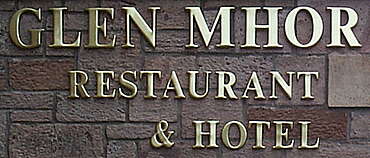
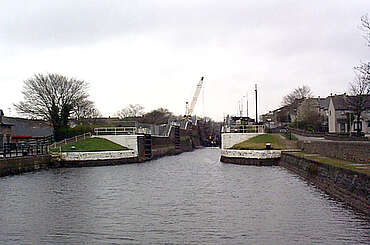
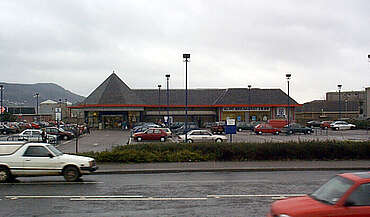
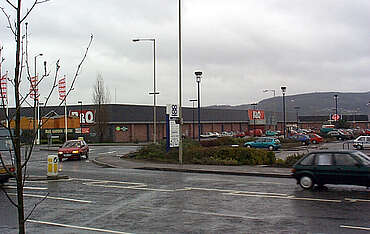
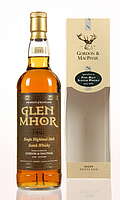
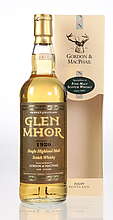
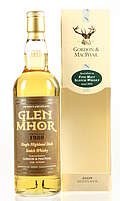

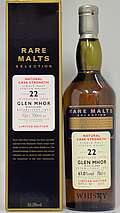
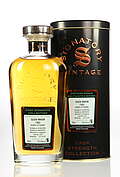
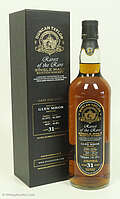
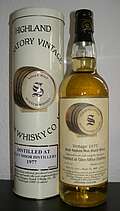
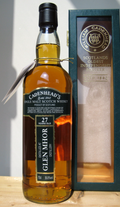



User Notes about the Distillery
Share your experience with other whisky lovers. Write a note about your trip to the Glen Mhor distillery.